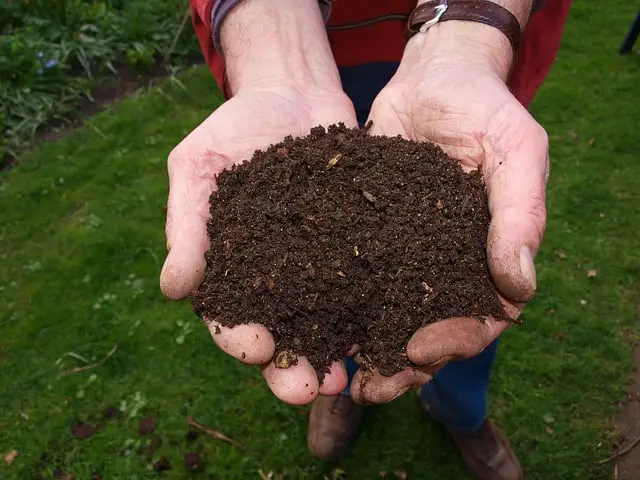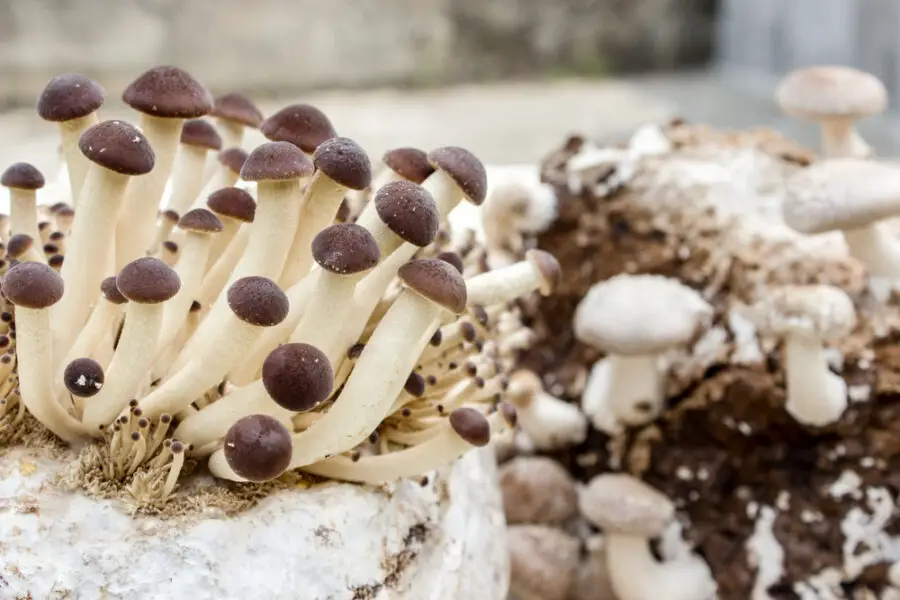What Temperature Do Morels Grow? As part of the ideal environment for growing morel mushrooms. The temperature of the surrounding environment should be between 55 to 70 degrees Fahrenheit (12 to 21 Celcius). These temperatures decrease to around 60 degrees as the morel enters the fruiting phase after the initial spores have developed. Having too high or too low a temperature will prevent your morels from growing.
How important is temperature?
Temperature is just one of the factors that play a massive part in allowing morels to grow. Soil conditions, sunlight, and humidity are all factors to be considered when growing morels. Each plays a vital role, providing the mushroom with the nutrients, water, and environment it needs to develop.
How does temperature affect morels?
Having the right temperature plays a fundamental role in the growth of mycelium. Mycelium is the network of fungal threads grown underground during the incubation stage of a mushroom development.
The temperature affects mycelium growth and, as a result, the mushroom’s development and the harvest’s abundance.
What happens if the temperature is too high or low?
Having temperatures outside the ideal range can have a dramatic effect on the growth of morels. Too high of a temperature will cause the mushrooms to shrivel up and die. While too low temperatures will prevent proper growth and the mushrooms will not fruit at all.
Can I grow morels indoors?
Since 1982, methods have been developed to allow people to grow morels indoors.
This can be done either through the use of a home growing kit or in a greenhouse environment.
Growing mushrooms indoors can be difficult. However, it is one of the easiest ways of maintaining a stable ambient temperature.
How to keep a stable temperature?
If you are growing morels indoors, morels are best stored in a cool dark place. Find an area that does not fluctuate significantly in temperature, like an airing cupboard or under a bed.
Morels can also be grown in a greenhouse environment. Again this is another way of providing the morels with a stable, controlled environment to grow.
No matter which method you choose, ensure this area is free from as many outside influences as possible. Ideal the environment should be free from anything that may cause dramatic shifts in temperature, humidity, or light.
If you are cultivating a wild patch of morels, little can be done to affect the temperature.
By providing a stable temperature, you eliminate one factor that could potentially affect the growth of your morels.
Can I use an artificial heating source?
Heating lamps and mats are an effective way of providing the ideal temperature for your morels to grow. However, such heating sources can have a negative effect as well.
Heating mats, which are common in mushroom cultivation, have a tendency to dry out the soil. Heating lamps, while allowing you to effectively control the temperature, distribute heat unevenly.
While such heating sources can help provide a stable temperature, they can be unnecessary. It is far better to try and find a room with a stable ambient temperature rather than rely on artificial means.
What is the best way to control the temperature?
The easiest way to control the temperature is by maintaining the environment in which your morels grow.
By growing your morels indoors, you eliminate the influence of outside factors that may cause shifts in temperature. It also provides the opportunity to alter the temperature more efficiently to maintain that ideal temperature of 55 to 70 degrees Fahrenheit.
How to best measure the temperature?
Simple, just use a thermometer. Depending on how accurate you want the reading to be, you can use anything from a garden or meat thermometer to a standard thermometer.
Should I take soil temperature readings?
There is a lot of debate over how to provide the most accurate temperature reading. Some people say that measuring the temperature of the soil is the best way to get a precise measure of the temperature. Others see this approach as highly unnecessary.
Ultimately how you decide to take temperature readings is down to you.
To take an accurate soil temperature reading, simply take a garden or standard LCD thermometer and place it four inches into the ground. Wait five minutes, and you will have the temperature of your soil.
While this is a proven method, a soil temperature reading can be a little excessive. Suppose you do not have access to a garden thermometer. In that case, you can test the ambient air temperature using a regular thermometer.
Do different varieties need different temperatures?
Despite there being a wide variety of morels, there is no significant difference in the environments in which they need to grow. All morel species require the same temperature range of 55 to 70 degrees Fahrenheit.
Does the ideal temperature change over time?
Yes, depending on the stage of the mushroom development, it can affect the temperature it requires.
A morel in the spawning period of its life cycle requires a warmer environment than a morel that is beginning to fruit. However, the differences in these temperatures are not significant enough to necessitate a change in the environment. The needs still stay which the 55 to 70 degrees Fahrenheit range.
Although if the temperature of your environment is at the higher end of this range, you may want to consider lowering the temperature.
The temperature is perfect. Why aren’t my morels growing?
Managed to maintain the perfect temperature? But your morels still aren’t growing? Multiple factors could be at play that has resulted in your morels not growing. These include:
- Lack of moisture
- Too much moisture
- Poor soil drainage
- Light
- Humidity
- Soil PH
All of these contribute to providing the right environment needed for mushrooms to grow. If this happens, do not worry, Morels have a reputation for being challenging to cultivate. Even in the right environment, sometimes you do not get the results you want. Do not be discouraged. This is all part of the process. Take what you have learned this time around and keep trying.


